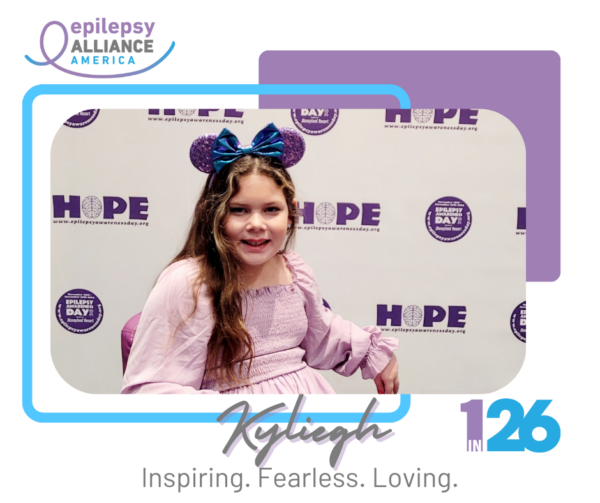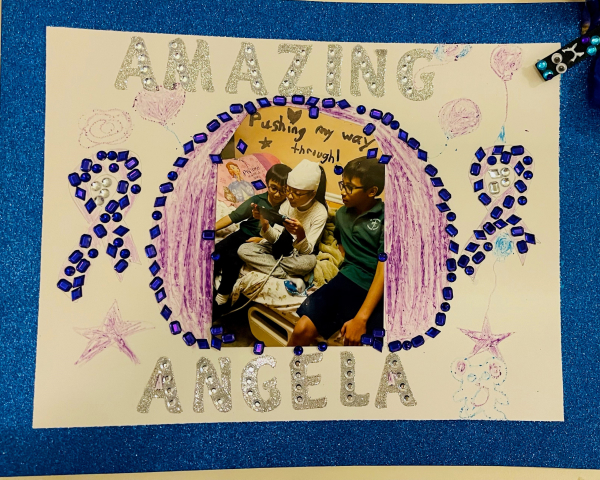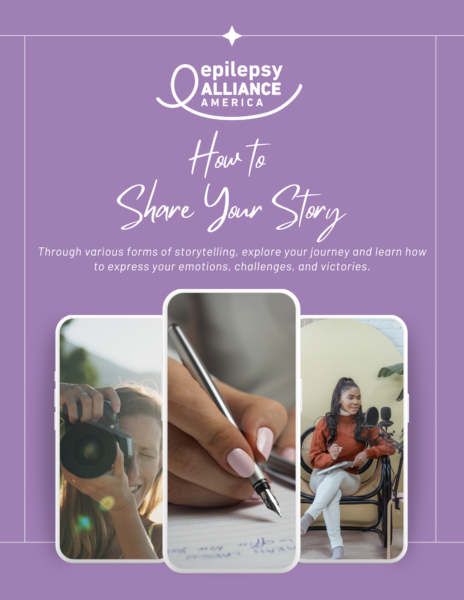Visual Stories
Sharing your epilepsy story through visual formats can be a powerful and creative way to raise awareness, educate others, and express your journey. Visual storytelling can evoke emotions and provide clarity in ways that words alone may not.
In the toolkit, and at the bottom of this page, you will find helpful tips for sharing YOUR story.
Ways to Share Your Stories
Photo Diary: A Day in My Life
Visually document what it’s like to live with epilepsy on a daily basis.
Include daily routines, safety precautions you take, images of your community or support system, physical activities, etc.

Video Journal
Share your story through personal videos that show your personality and emotions.
Share a past seizure experience, how you manage your seizures, the emotional toll you experience, share advice, and encourage others to raise awareness.
Personal Illustrations or Portraits
Create a direct visual representation of yourself and your journey, showcasing your identity and how it has been shaped by epilepsy.
Create a self-portrait that speaks to your experience with epilepsy or create portraits that incorporate visual metaphors such as themes of transformation, growth, or hope.
Examples of Visual Stories
How a Diagnosis of PNES Impacted Me
Through painting, I have been able to come to terms with this experience.
Hidden Truths Project
(HTP) believes that the arts can become the narrative to engage and empower marginalized members of our society to promote dialogue and foster understanding and acceptance.



Choosing the Right Medium & Defining Your Message
Before you start creating your visual story, think about the message you want to convey. Is it about raising awareness, showing the emotional side of living with epilepsy, or educating others on the condition? Knowing your message will help you choose the most appropriate visual elements to communicate your story effectively.
Photography or Photo Essays:
Capturing moments that reflect your journey with epilepsy.
Illustration or Artwork:
Creating drawings, paintings, or digital art that symbolize your experiences.
Videos:
Telling your story through video or slideshow, possibly including narration or interviews.
Social Media Content:
Creating shareable content, such as graphics or reels, to spread awareness.
SUBMIT YOUR STORY
What’s YOUR story? We’d love for you to share it with us! You can submit your story using the form below or email us at [email protected]

Funding to create the Share your Story toolkit was provided by Catalyst Pharmaceuticals.
The content of the kit is the workproduct of Epilepsy Alliance America.
All stories submitted will be reviewed by Epilepsy Alliance staff and volunteers. Sponsors do not review nor approve content.



